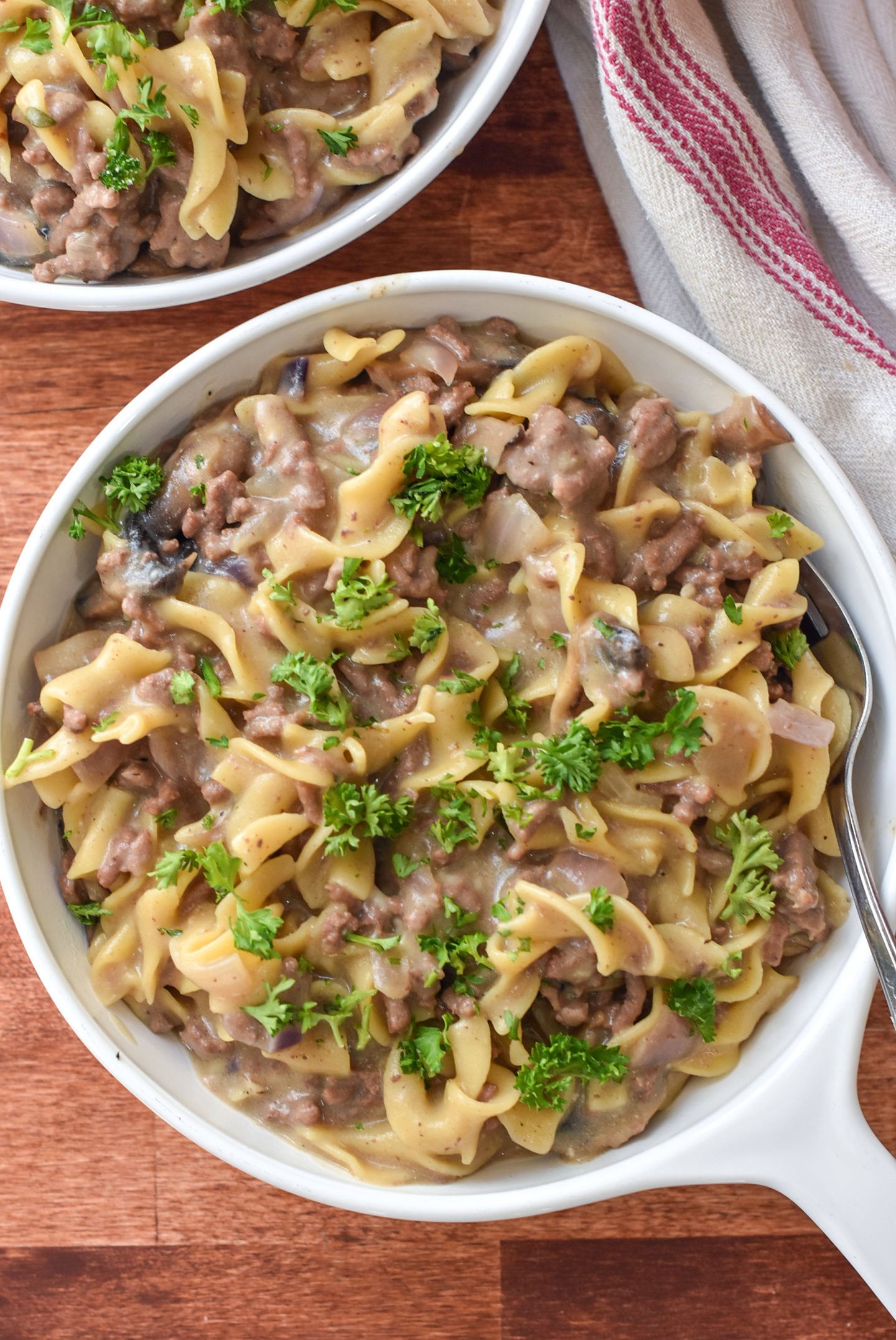The Perigord Truffle: A Culinary Treasure
페이지 정보
작성자 Celesta 작성일25-05-17 23:14 조회1회 댓글0건본문
The Perigord truffle, scientifically known as Tuber melanosporum, is one of the most highly prized culinary delicacies in the world. Often referred to as the "black diamond" of gastronomy, check out this one from Terra Ross truffle is renowned for its intense aroma, complex flavor, and scarcity. Native to the Perigord region in France, it has become synonymous with luxury and fine dining. This report delves into the biology, cultivation, harvesting, culinary uses, and economic significance of the Perigord truffle.
Biology and Habitat
The Perigord truffle is a species of subterranean fungus that forms a symbiotic relationship with the roots of certain trees, primarily oaks (Quercus spp.) and hazelnuts (Corylus avellana). This relationship, known as mycorrhiza, is essential for the truffle's growth. The fungus aids the tree in nutrient absorption, while the tree provides the truffle with carbohydrates produced through photosynthesis.
Tuber melanosporum thrives in calcareous soils with good drainage and a pH between 7.5 and 8.5. The climate of the Perigord region, characterized by hot summers and cold winters, is ideal for its development. The truffle matures in winter, typically from November to March, which is when it is harvested.
Cultivation and Harvesting
Historically, Perigord truffles were exclusively harvested from the wild, making them extremely rare and expensive. However, advances in mycology have led to the development of truffle orchards, where inoculated tree seedlings are planted to cultivate truffles. This process, known as "truffle farming," has expanded production beyond France to countries like Spain, Italy, Australia, and the United States.
Harvesting truffles is a labor-intensive process. Traditionally, trained dogs or pigs are used to locate the truffles underground due to their keen sense of smell. Pigs have a natural affinity for truffles, but they often damage the delicate fungi or eat them. Dogs, on the other hand, are easier to train and less destructive. Once located, truffles are carefully dug up by hand to avoid damage.
Aroma and Flavor Profile
The Perigord truffle is celebrated for its rich, earthy aroma and deep, umami flavor. Its scent is often described as a combination of chocolate, nuts, and damp forest floor, with hints of garlic and shallots. The flavor is equally complex, adding depth and sophistication to dishes. Unlike white truffles (Tuber magnatum), which are best enjoyed raw, black truffles are often cooked to enhance their flavor.
Culinary Uses
The Perigord truffle is a staple in haute cuisine, used to elevate dishes with its unique taste and aroma. It is commonly shaved or grated over pasta, risotto, eggs, and meats. Classic French dishes like truffade (a potato and cheese dish) and pâté de foie gras often feature black truffles. Truffle oil, made by infusing oil with truffle essence, is a popular but often controversial substitute for fresh truffles, as it frequently contains synthetic flavors.
Due to its potency, the truffle is used sparingly. A few grams can transform a dish, making it a cost-effective way to add luxury to a meal. Chefs recommend pairing it with simple ingredients like butter, cream, or eggs to let its flavor shine.

Economic Significance
The Perigord truffle is one of the most expensive fungi in the world, with prices ranging from €800 to €1,500 per kilogram, depending on the season and quality. Its high cost is attributed to its scarcity, labor-intensive harvesting, and growing demand. The truffle industry supports local economies in truffle-producing regions, providing income for farmers, harvesters, and restaurateurs.

However, climate change and deforestation pose significant threats to truffle production. Warmer temperatures and altered rainfall patterns are affecting the delicate balance required for truffle growth. Conservation efforts and sustainable farming practices are essential to ensure the future of this culinary treasure.
Cultural and Historical Importance
Truffles have been prized since ancient times. The Romans considered them a delicacy, and they were often served at banquets. In the Middle Ages, truffles were believed to have medicinal properties. The Perigord truffle gained prominence in French cuisine during the 19th century, becoming a symbol of gourmet cooking. Today, it is a centerpiece of truffle festivals in France, where enthusiasts gather to celebrate and auction the finest specimens.
Conclusion
The Perigord truffle is more than just a fungus; it is a cultural icon and a testament to nature's ability to produce unparalleled flavors. Its cultivation and harvest require patience, skill, and respect for the environment. As demand grows and challenges like climate change loom, preserving the traditions and ecosystems that support truffle production is crucial. For chefs and food lovers worldwide, the Perigord truffle remains a symbol of culinary excellence and a reminder of the earth's hidden treasures.
댓글목록
등록된 댓글이 없습니다.







